Get the Perfect Fit with the Best Motorcycle Helmet for You | A Comprehensive Buying Guide
Before you hit the road and tackle that crazy traffic or get ready for a weekend adventure on those backcountry trails, there's something you can't overlook – your riding gear. Keeping yourself protected is a top priority when you're on your motorcycle, and nothing is more crucial than a good helmet.
What are Your Needs
To find the perfect helmet, you need to consider various factors that meet your specific needs. Start by asking yourself a few questions and answering them:
What type of riding do you do? If you ride primarily in the city, you might prefer a lightweight, open-face helmet for better ventilation and visibility. For long trips on the highway, a full-face helmet with enhanced aerodynamics and noise reduction features might be more suitable.
Do you ride in the city or take long trips on the highway? City riding often involves frequent stops and lower speeds, making a modular helmet a good choice for its versatility and convenience. For highway riding, a helmet with excellent wind resistance and a snug fit will help reduce fatigue and increase safety.
Are you looking for something stylish or more focused on safety features? For those who prioritize style, there are plenty of helmets with sleek designs, vibrant colors, and custom graphics. However, if safety is your primary concern, look for helmets with advanced safety certifications, impact-absorbing materials, and features like an emergency quick-release system.

Different Types of Motorcycle Helmets
The most common types include full-face, open-face, modular, half, and off-road helmets.
Full-face helmets offer the most protection, covering your entire head and face. They are ideal for high-speed riding and long trips.
Open-face helmets, also known as 3/4 helmets, provide good protection for the top and sides of your head but leave your face exposed.
Modular helmets combine features of full-face and open-face helmets, allowing you to flip up the chin bar.
Half helmets cover the top of your head and offer minimal protection, often chosen for their lightweight and stylish appearance.
Off-road helmets are designed for motocross and dirt biking, providing extra protection and ventilation for off-road conditions.

Matching Helmets to Rider Needs
So, which type of helmet should you choose? If you’re a commuter who rides through city traffic, an open-face or modular helmet might offer the right balance of protection and convenience. These helmets provide good visibility and are easy to take on and off. On the other hand, if you frequently ride on highways or participate in track days, a full-face helmet will offer the best protection against high-speed impacts. For off-road enthusiasts, an off-road helmet is a must due to its enhanced protection and ventilation designed for rugged terrain.
A smart motorcycle helmet is a more budget-friendly option compared to a traditional one. It offers the same protection but with added smart features. For instance, you can connect via Bluetooth and use the Walkie-Talkie app to chat with your friends. One cool feature is the built-in 1080P HD camera that captures every ride in clear detail with a wide 120° field of view. LIVALL MC1 Pro stands out as the first brand to incorporate a patented fall detection and sos alarm feature specifically for outdoor sports, using special sensors to detect falls and send alerts in case of an accident.
How to Choose the Safest Motorcycle Helmet
Safety should be your top priority when selecting a motorcycle helmet. To ensure you’re getting the safest helmet possible, you need to consider several important factors: certifications, fit, materials, and additional safety features.
Certifications Matter
First and foremost, check for safety certifications. In the United States, the Department of Transportation (DOT) sets the minimum safety standards for motorcycle helmets. Helmets that meet these standards will have a DOT sticker on the back. For even higher safety standards, look for helmets with Snell or ECE certification. Snell-certified helmets undergo more rigorous testing than DOT-certified ones, ensuring a higher level of protection. The ECE certification is the standard used in Europe and is recognized worldwide for its stringent testing protocols.
Perfect Fit is Crucial
A helmet that doesn’t fit properly won’t protect you adequately. To find the right fit, measure the circumference of your head just above your eyebrows and compare it to the helmet manufacturer’s size chart. The helmet should fit snugly without being too tight. It should sit level on your head and the cheek pads should touch your cheeks without causing discomfort. When you move your head, the helmet should move with it, without shifting independently. A comfortable fit ensures you’ll wear the helmet consistently.
Materials and Construction
The materials used in a helmet significantly impact its safety and durability. Most high-quality helmets are made from advanced composites like fiberglass, carbon fiber, or polycarbonate. These materials offer excellent impact resistance while remaining lightweight. The inner liner, typically made from expanded polystyrene (EPS) foam, is designed to absorb impact energy. Look for helmets with multi-density EPS liners, as they provide better protection against both low and high-speed impacts.
Additional Safety Features
Modern helmets come with various features that enhance safety and convenience. Features like a quick-release chin strap make it easier to secure and remove your helmet. A padded chin strap adds comfort and reduces the risk of injury in an accident. Some helmets also come with integrated sun visors, which can reduce glare and improve visibility. Additionally, consider helmets with emergency cheek pad removal systems, which allow first responders to safely remove the helmet without causing further injury.

How Often Should You Replace Your Motorcycle Helmet
Motorcycle helmets don’t last forever. Over time, the materials degrade, and their protective capabilities diminish. Knowing when to replace your helmet is crucial for maintaining optimal safety.
Most helmet manufacturers recommend replacing your helmet every five years. The natural degradation of materials like EPS foam, which can lose its ability to absorb impact over time. Regular use, exposure to sunlight, sweat, and environmental factors contribute to the wear and tear of a helmet. Even if your helmet looks fine on the outside, its internal components might not offer the same level of protection after several years.
Cracks in the shell, frayed straps, or a loose fit are clear indicators that your helmet needs to be replaced. The EPS liner, which is crucial for impact absorption, can also show signs of deterioration. If you notice any compressions or soft spots in the liner, it’s time for a new helmet.
If your helmet has been involved in an accident or has been dropped from a significant height, you should replace it immediately. Even if there are no visible signs of damage, the impact can compromise the helmet’s structural integrity. Helmets are designed to absorb the energy from a single impact, and their protective capabilities are diminished after that.
Over time, the interior padding of your helmet can compress and lose its shape, affecting the fit. A helmet that no longer fits snugly is less effective at protecting you in the event of an accident. If your helmet feels loose or uncomfortable, it’s a sign that the padding has worn out, and it’s time for a replacement.
FAQs
Can I use a second-hand motorcycle helmet?
It's generally not recommended to use a second-hand helmet because you cannot be sure of its history or whether it has been involved in an accident. A helmet's protective capabilities may be compromised even if there are no visible signs of damage.
How can I ensure my helmet fits properly?
Measure the circumference of your head just above your eyebrows and compare it to the helmet manufacturer's size chart. The helmet should fit snugly but not too tightly, sit level on your head, and move with your head without shifting independently.
How do I know which type of helmet is best for me?
Consider your riding style and needs. For high-speed or long-distance rides, a full-face helmet provides the most protection. For city commuting, an open-face or modular helmet might be more convenient. Off-road riders should opt for off-road helmets designed for rugged conditions.









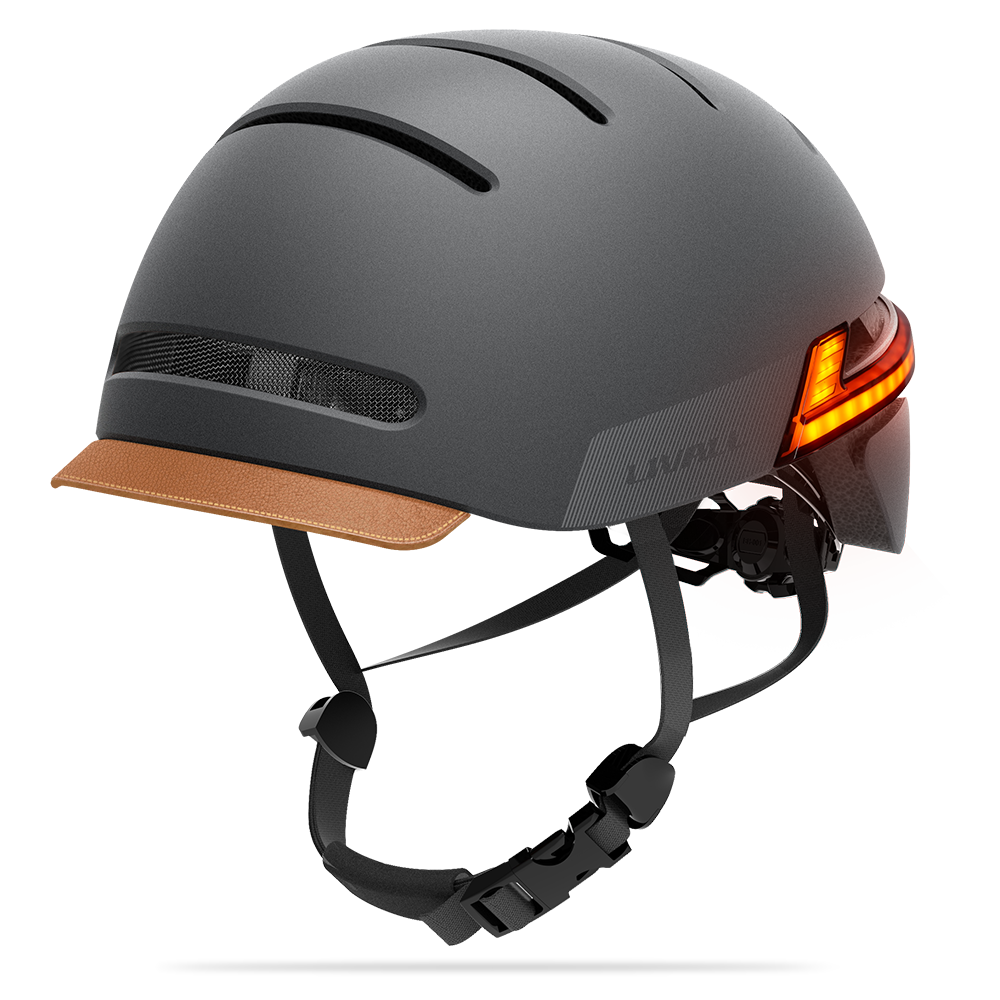




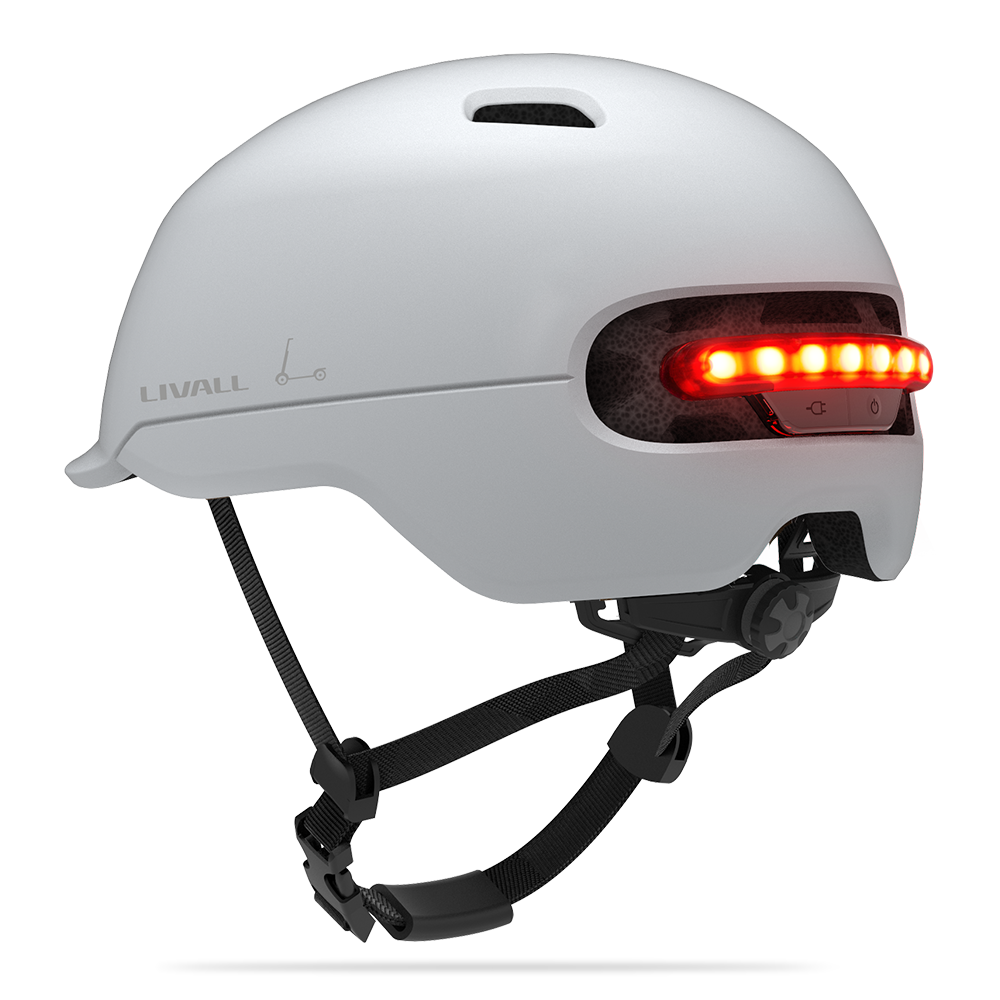
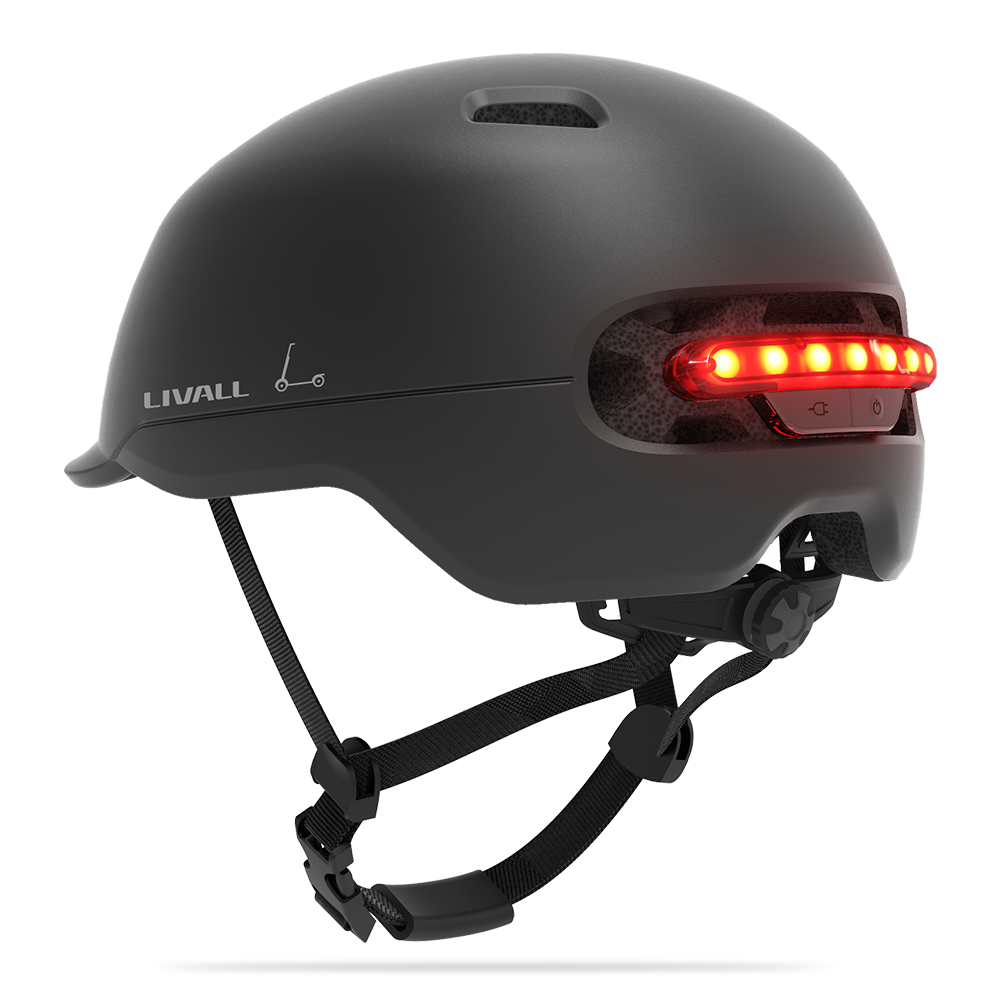
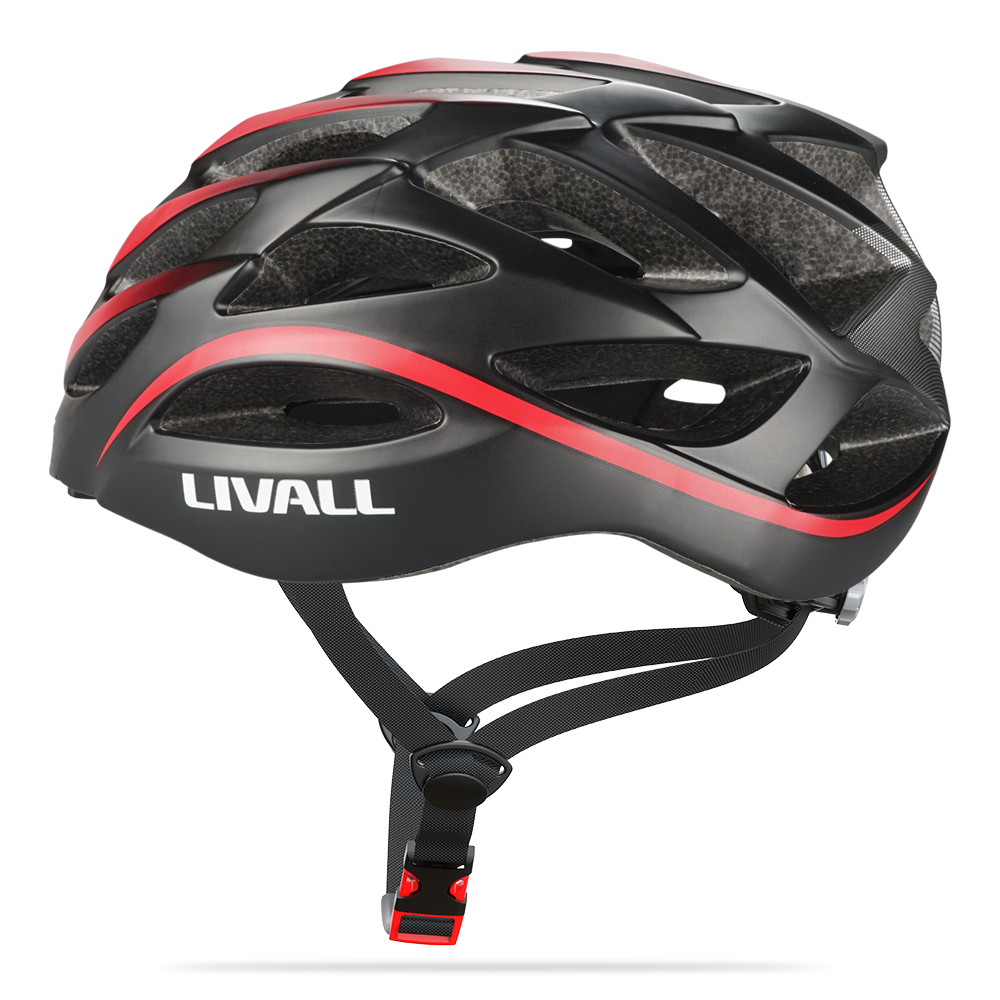
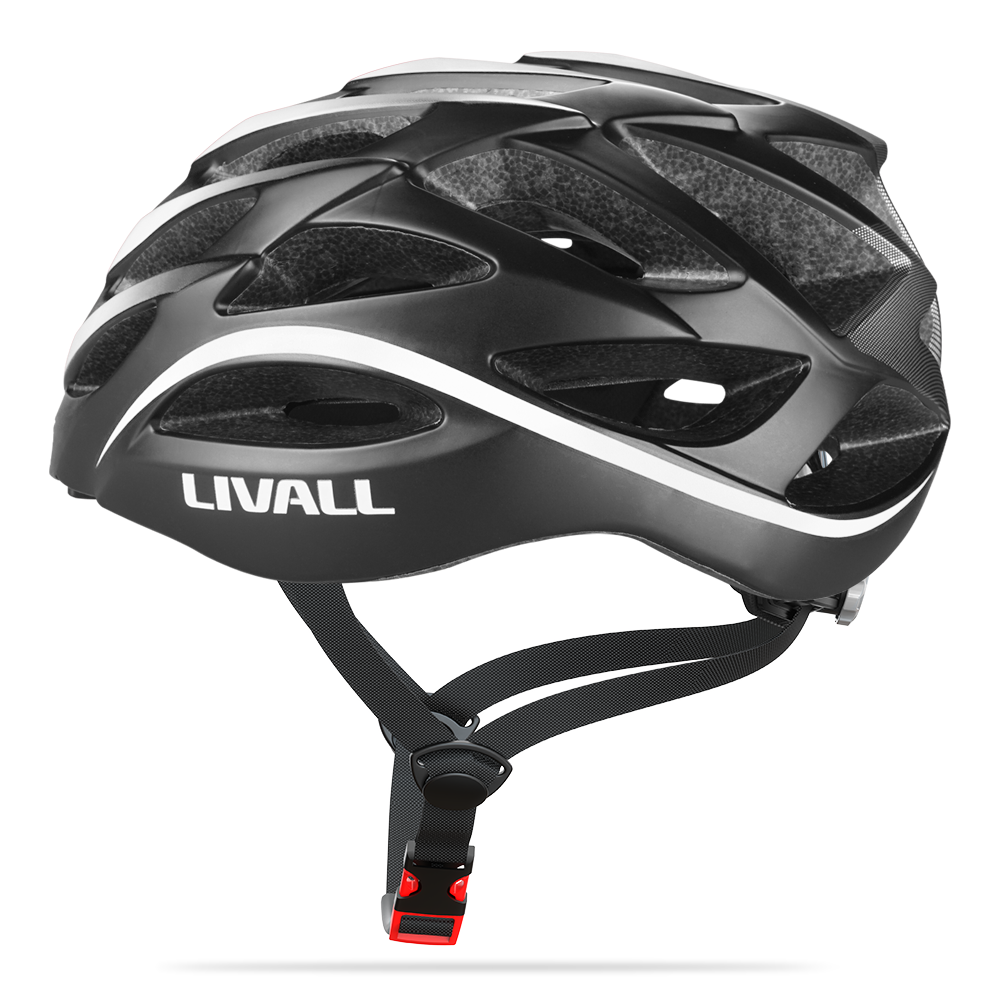


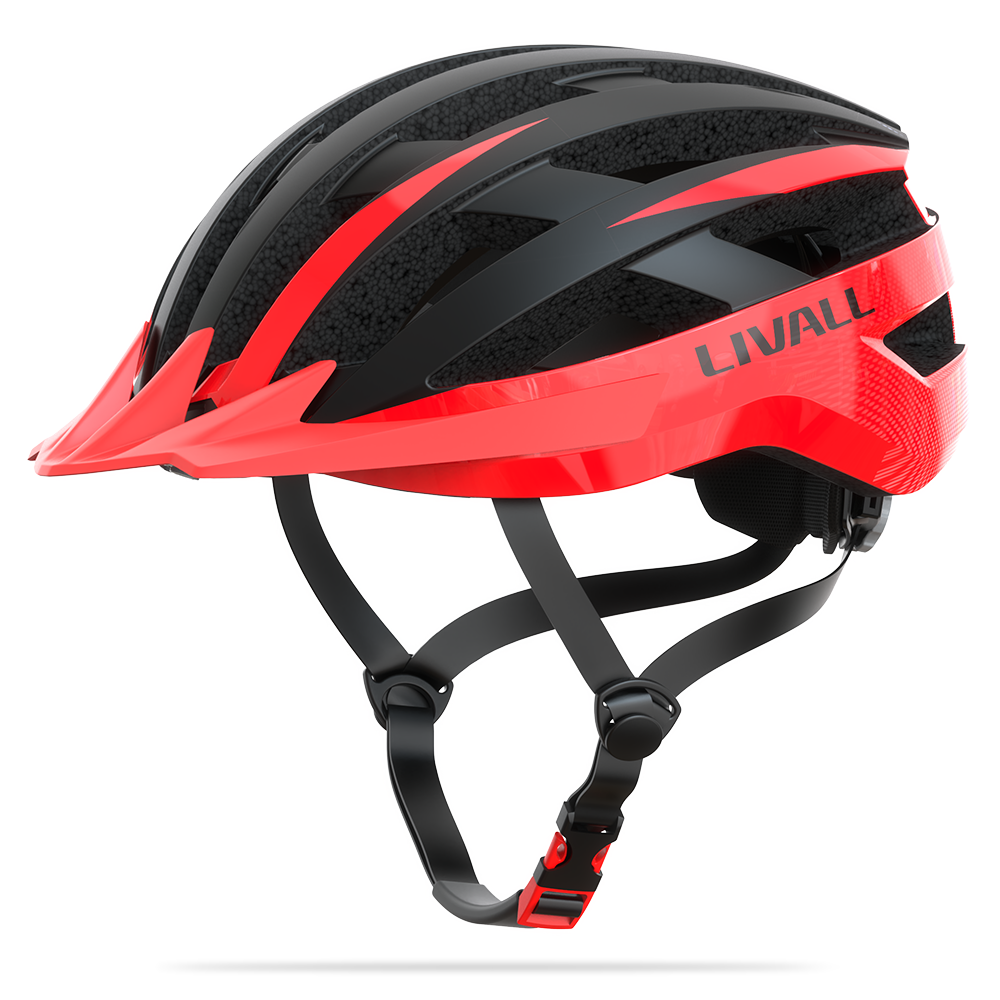

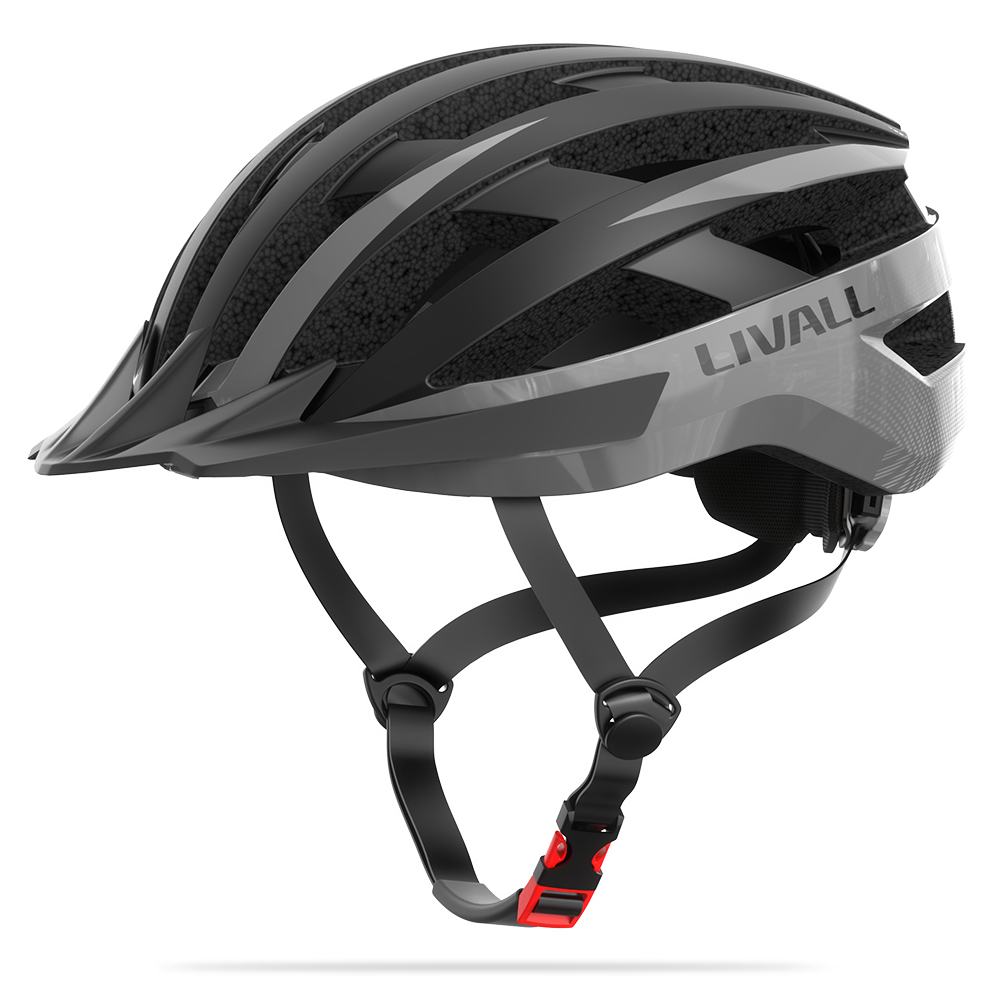
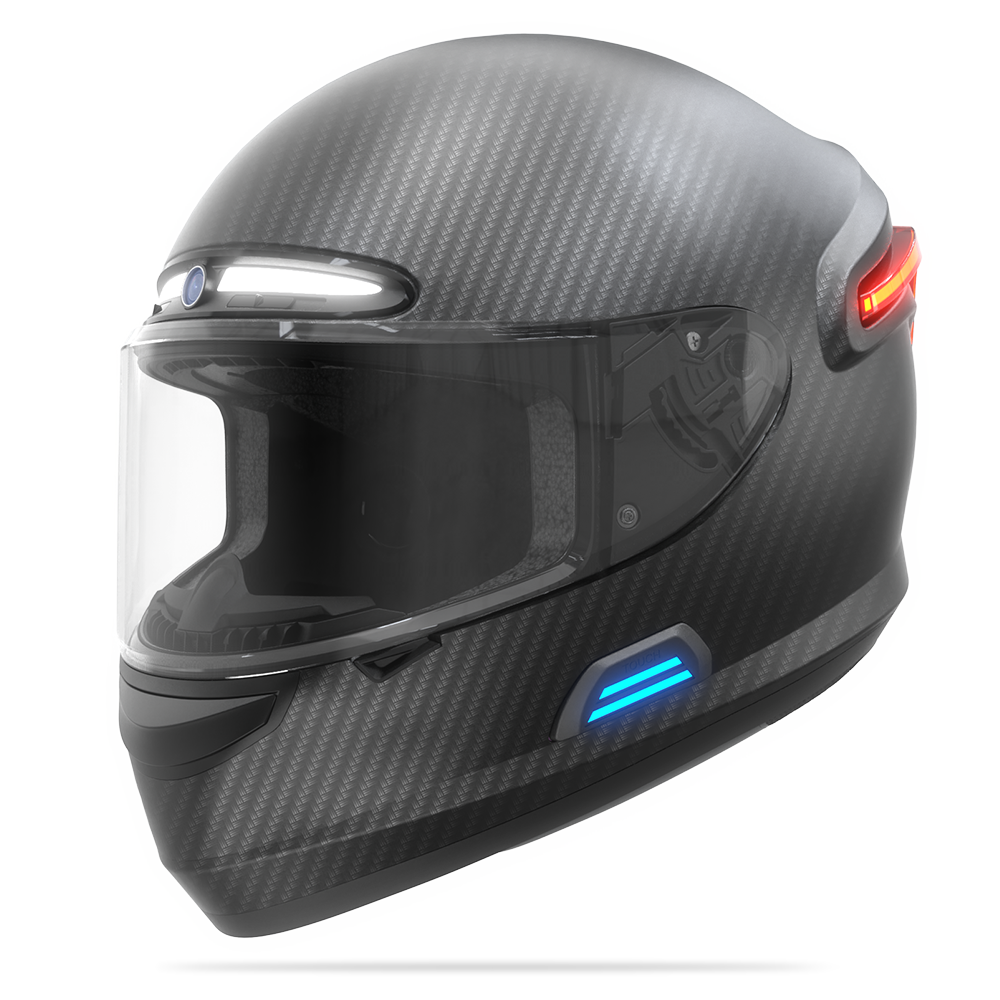


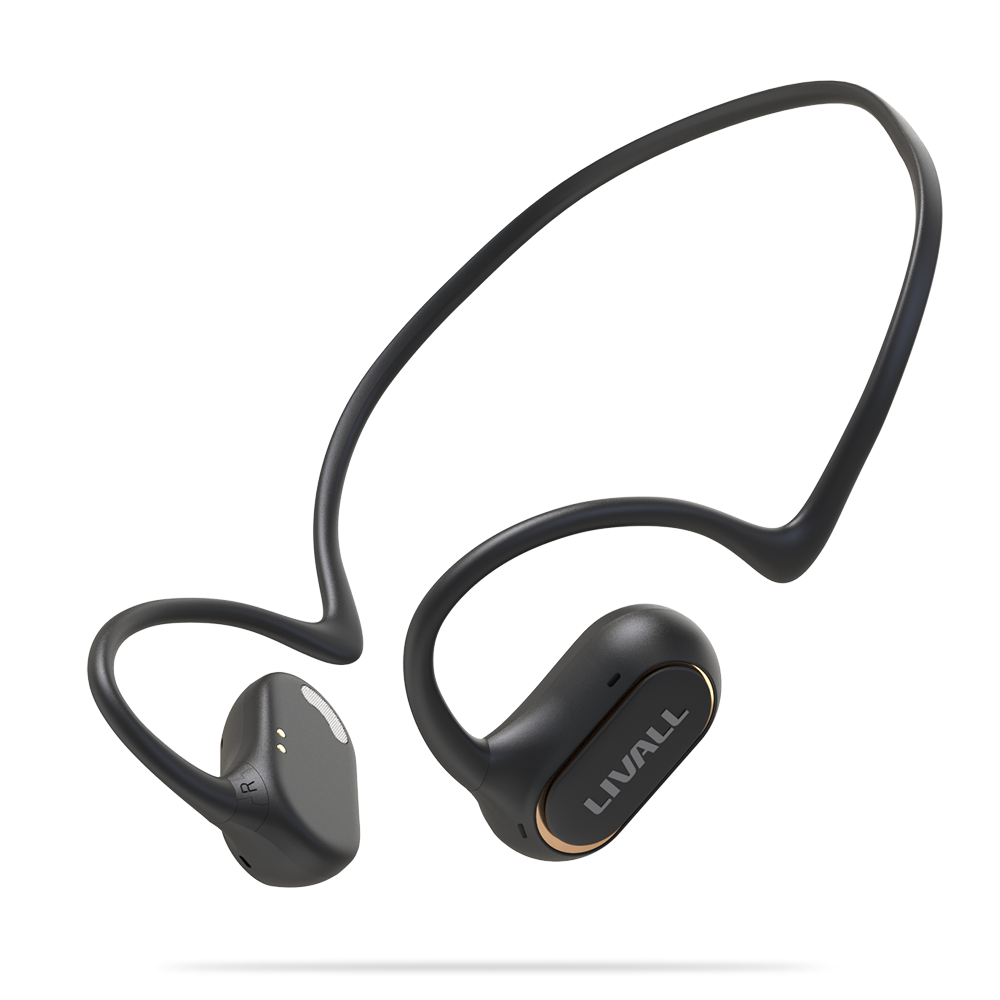

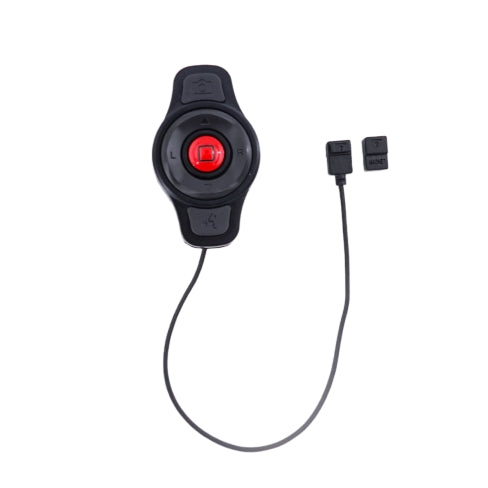
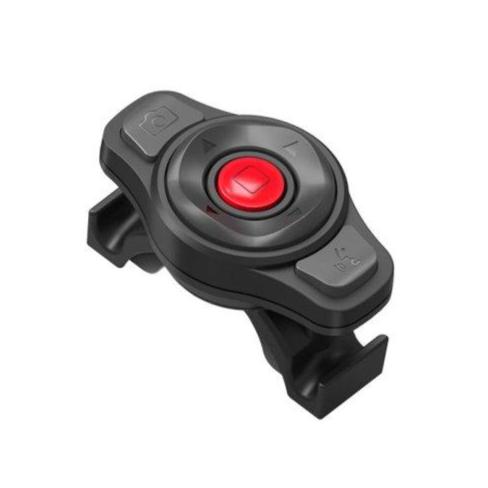
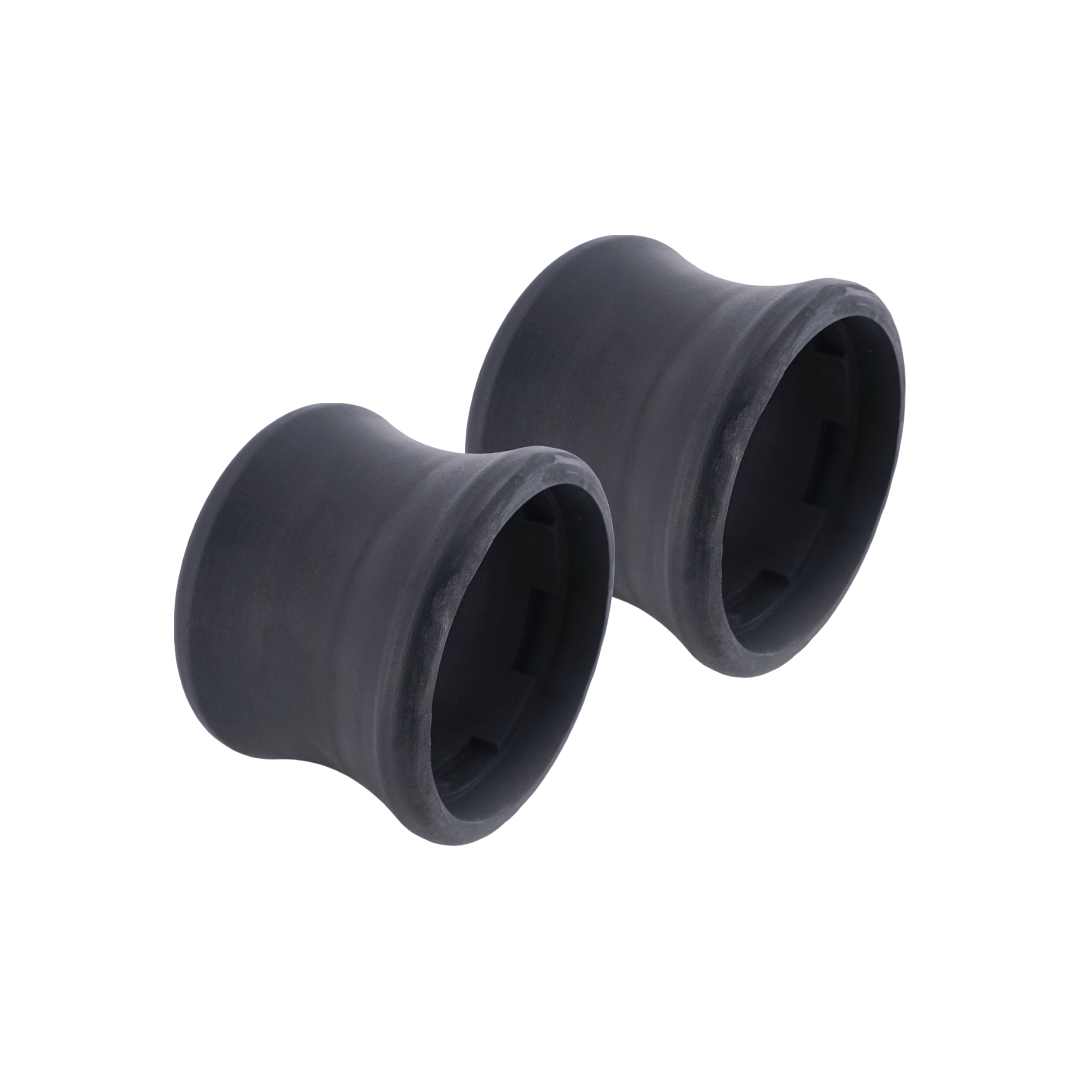
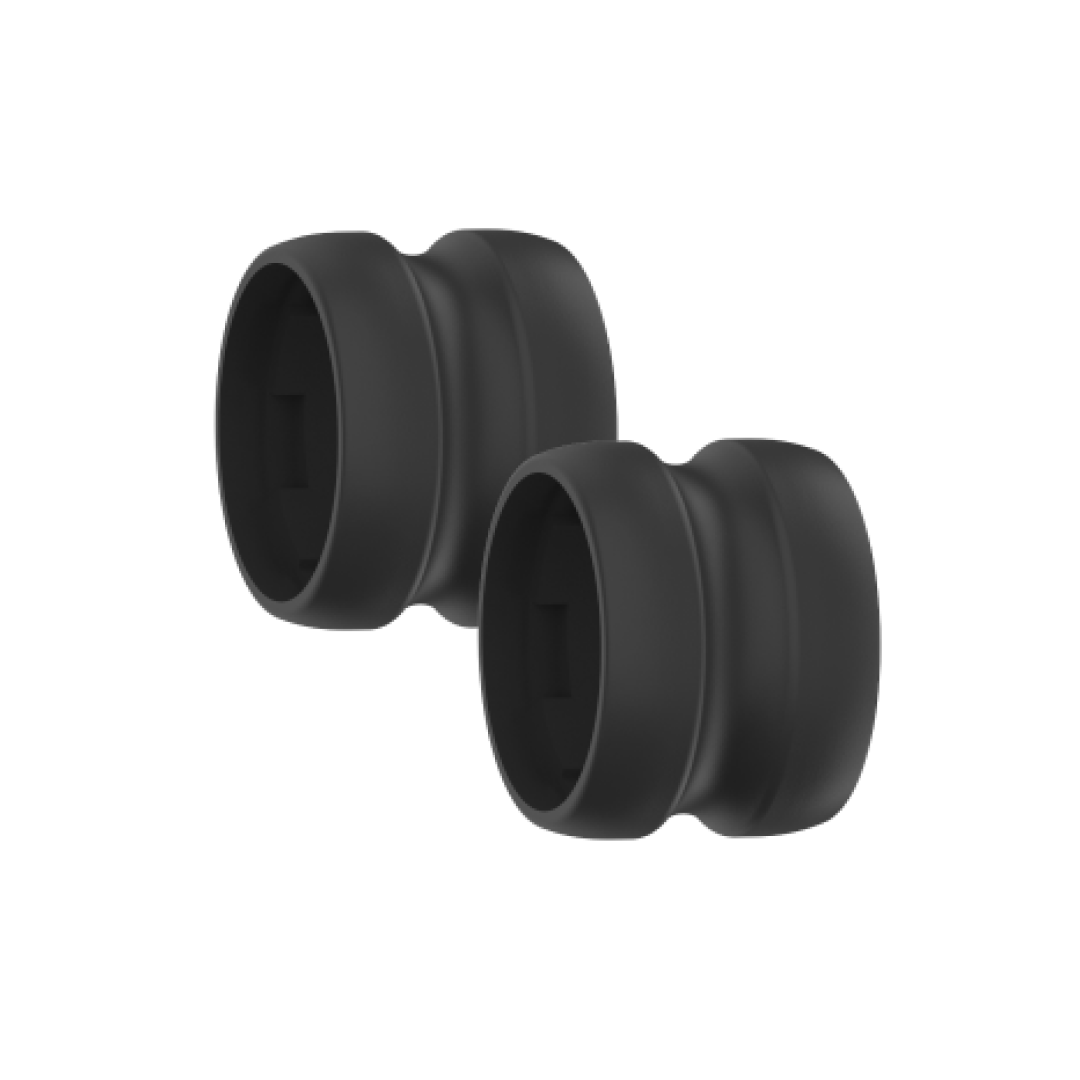
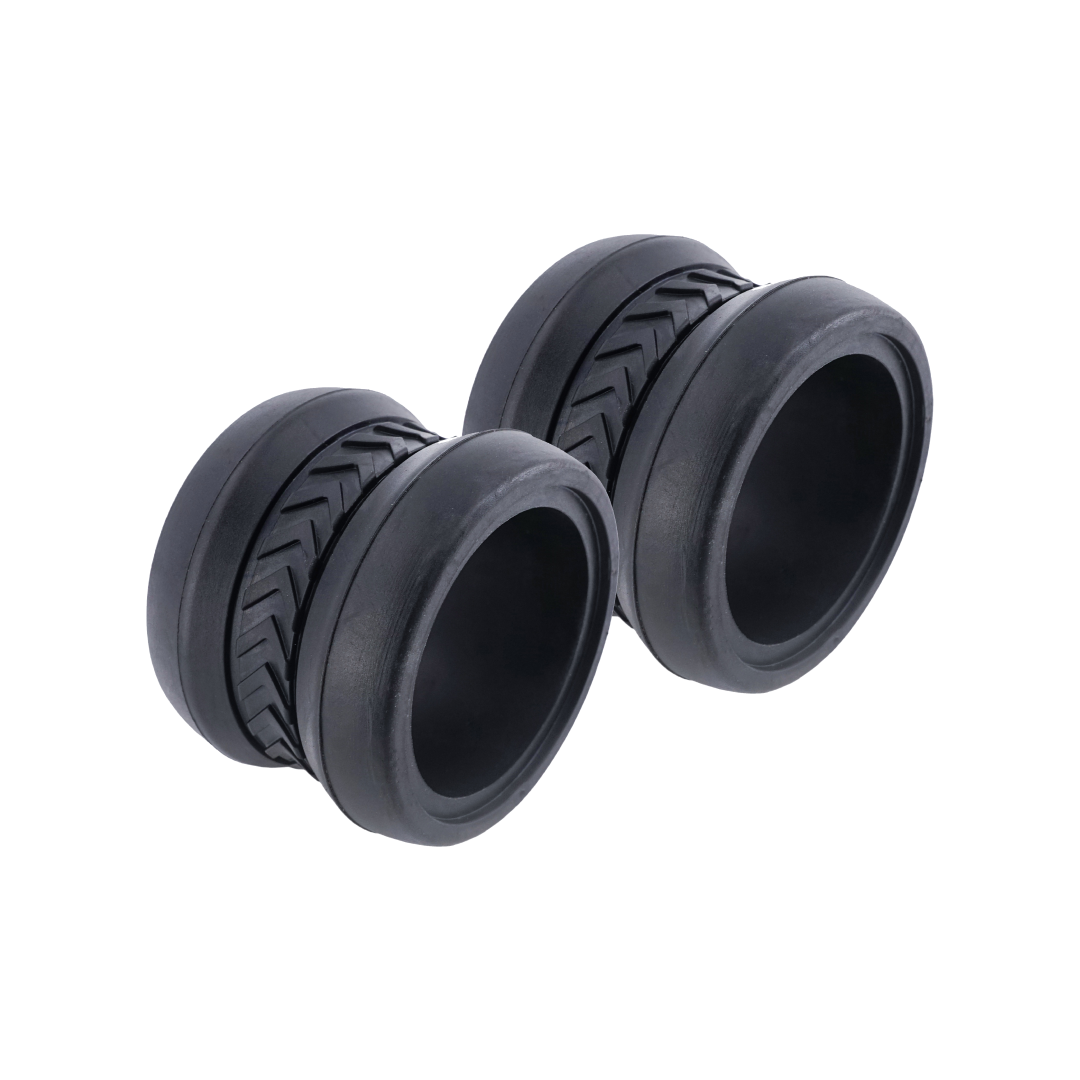
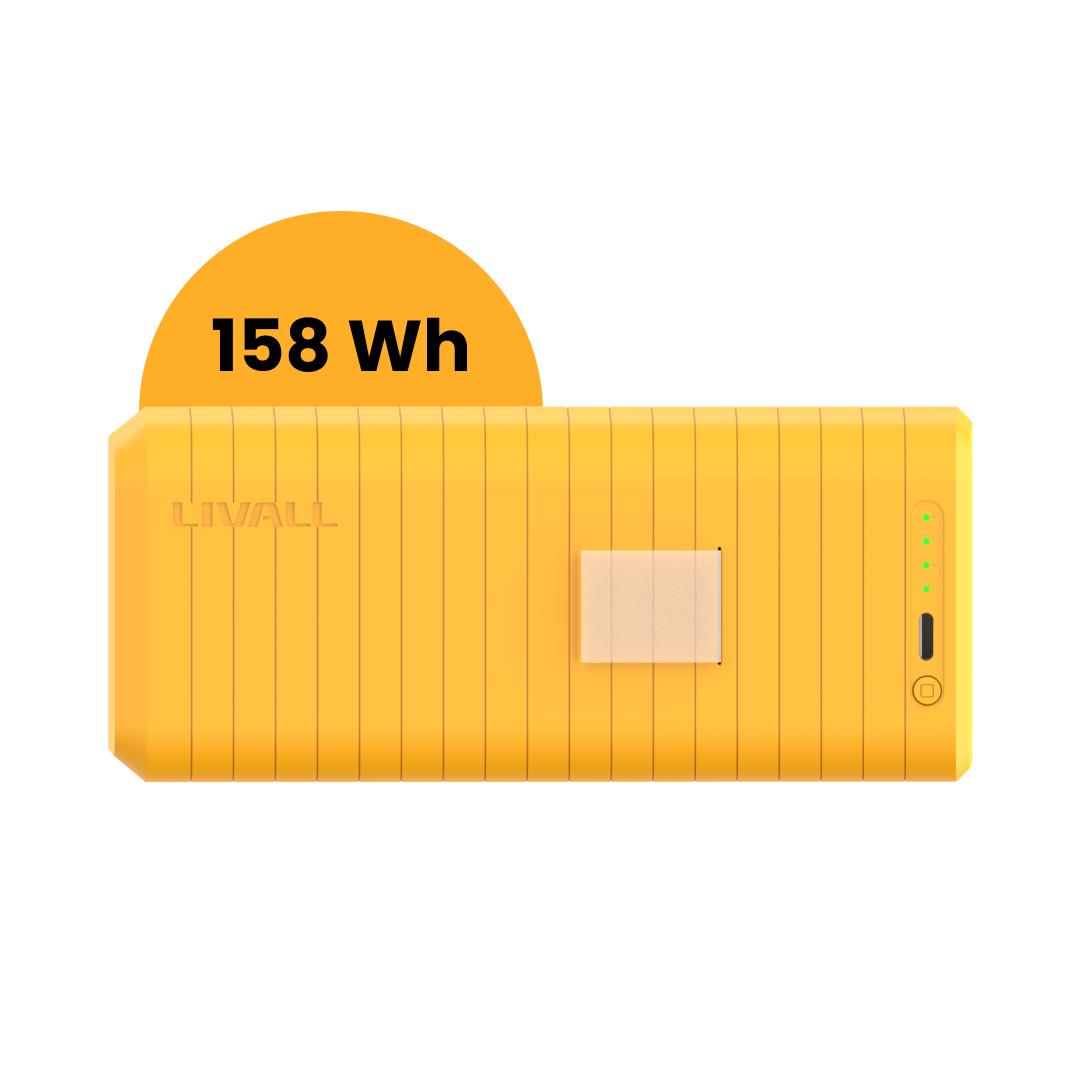
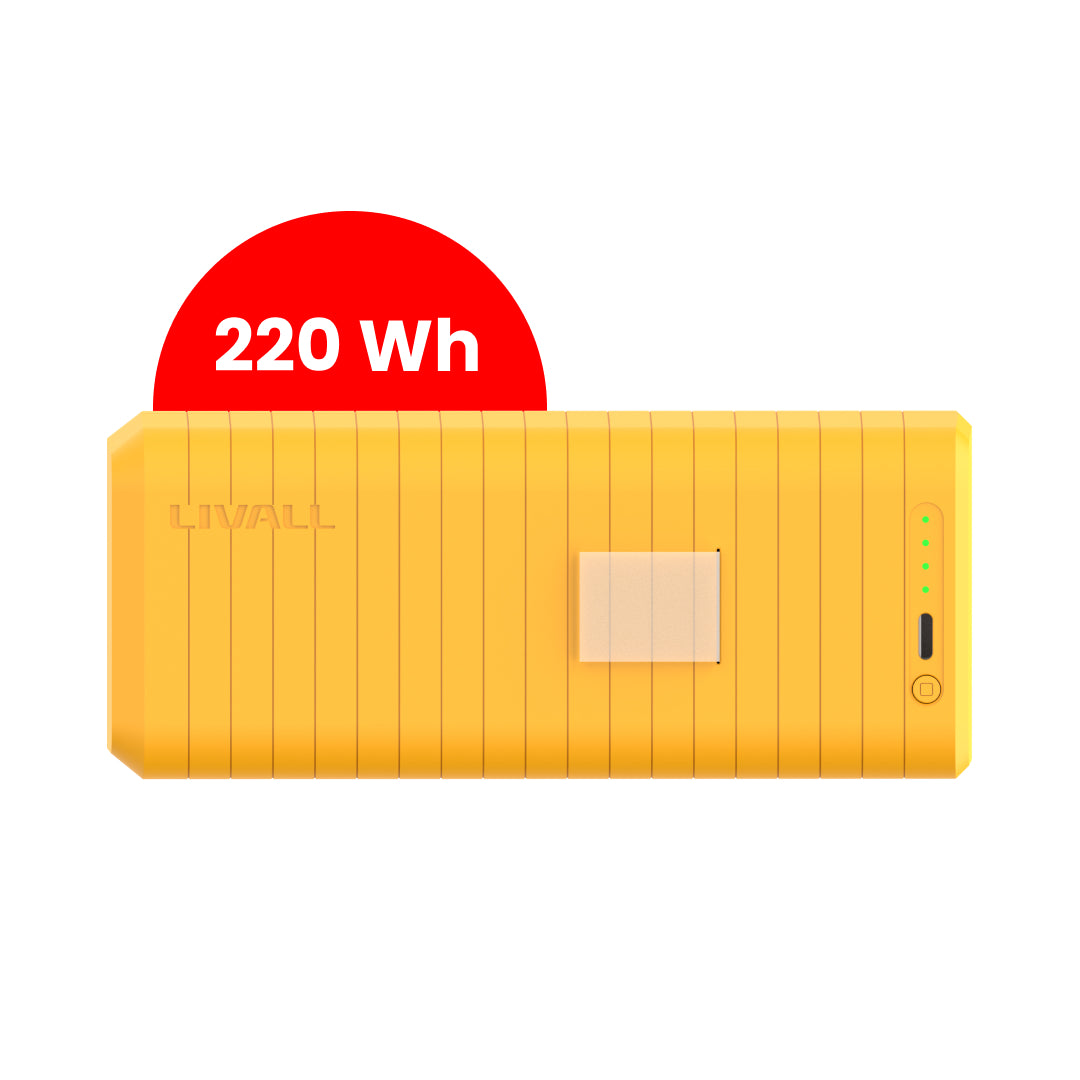
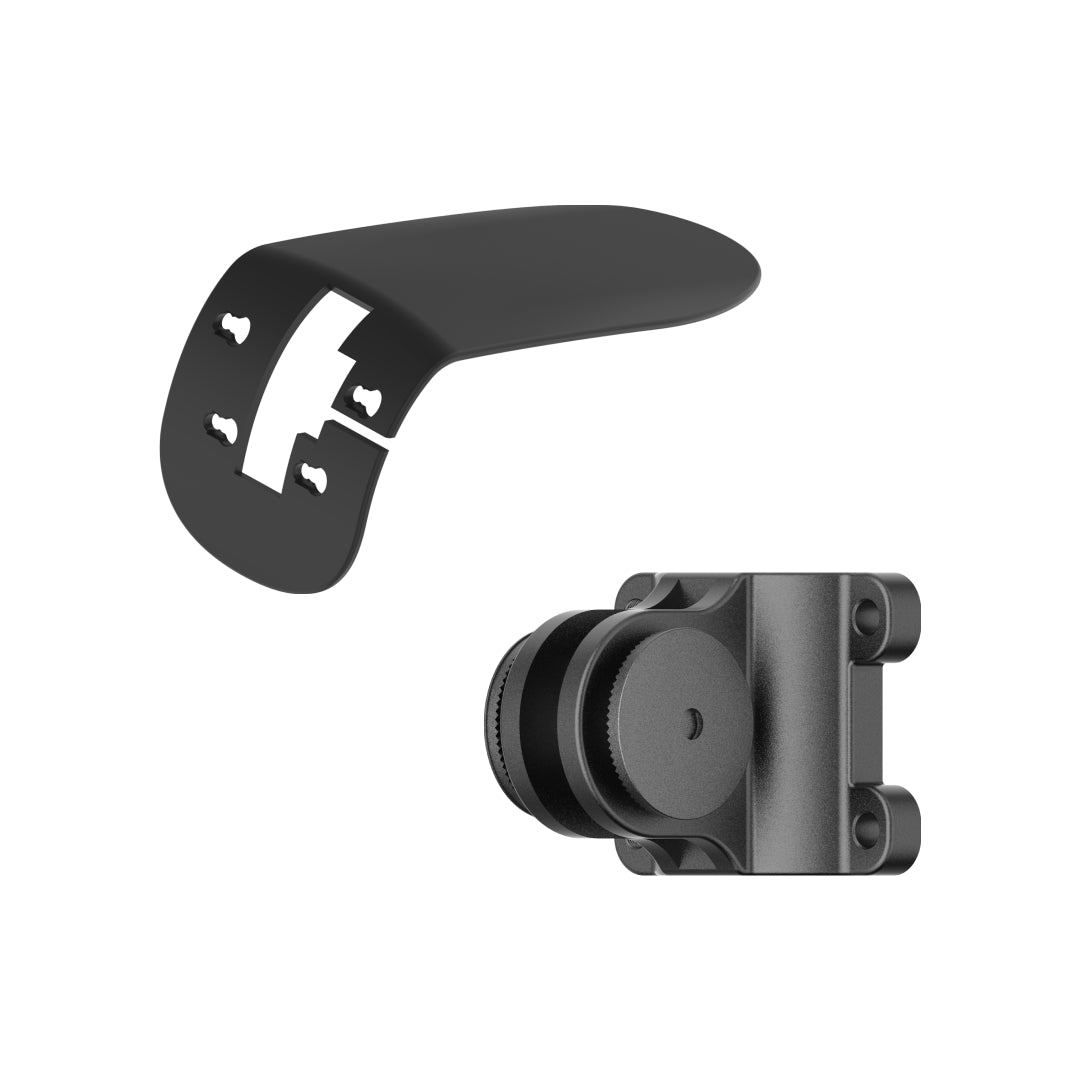
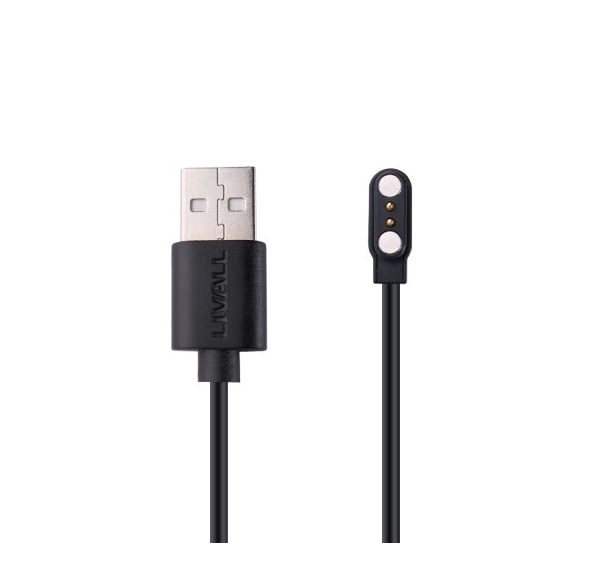
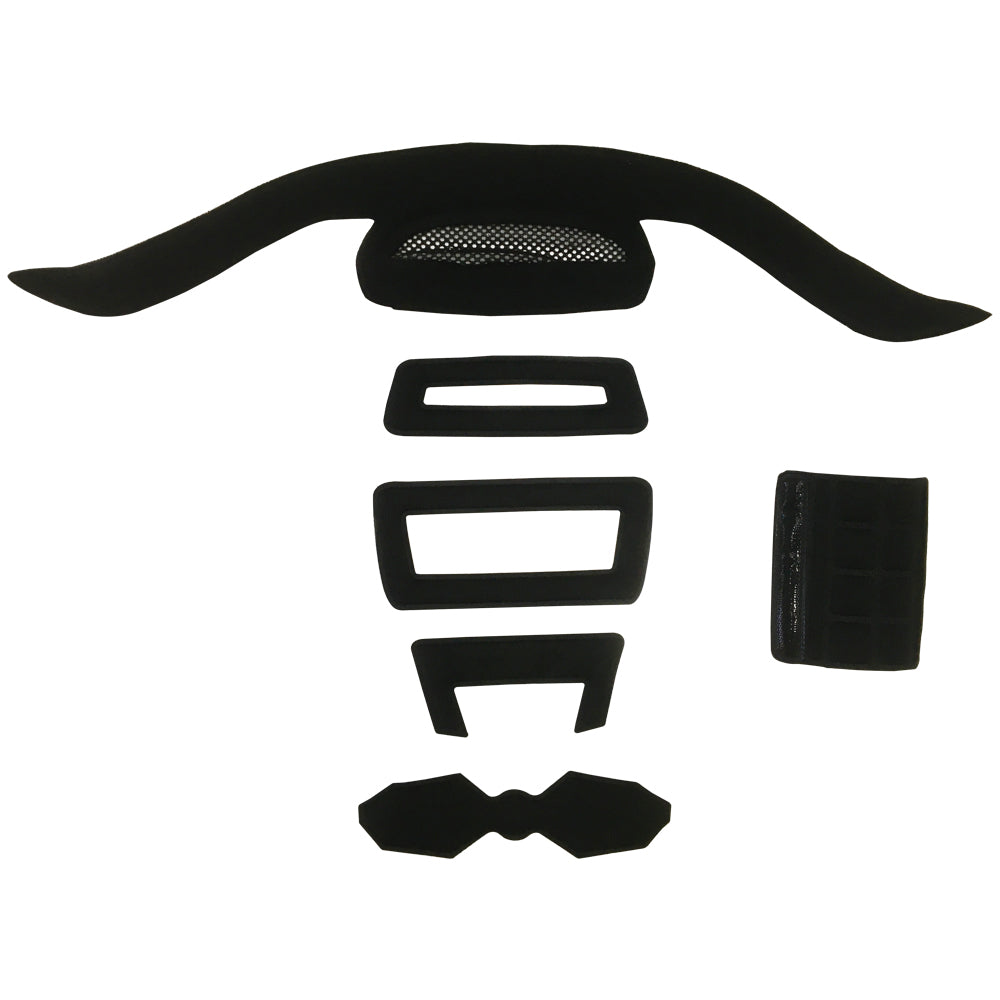
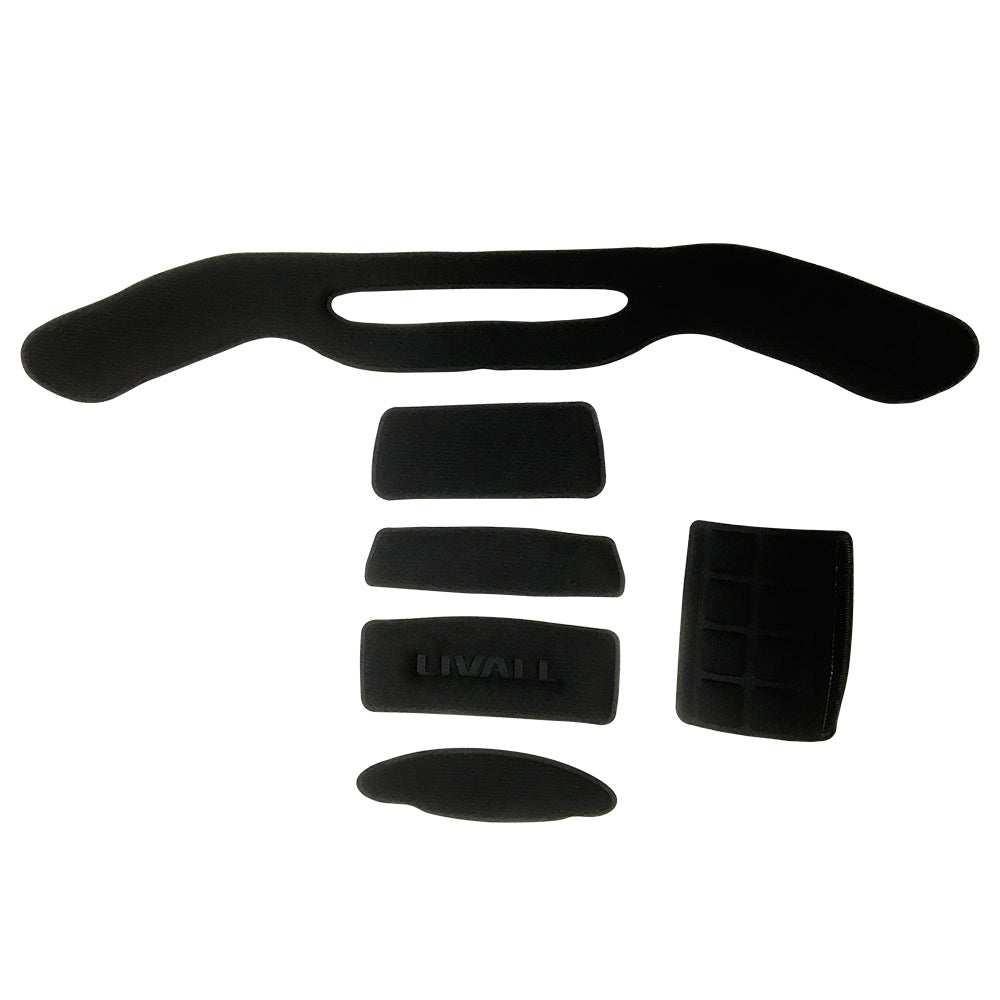
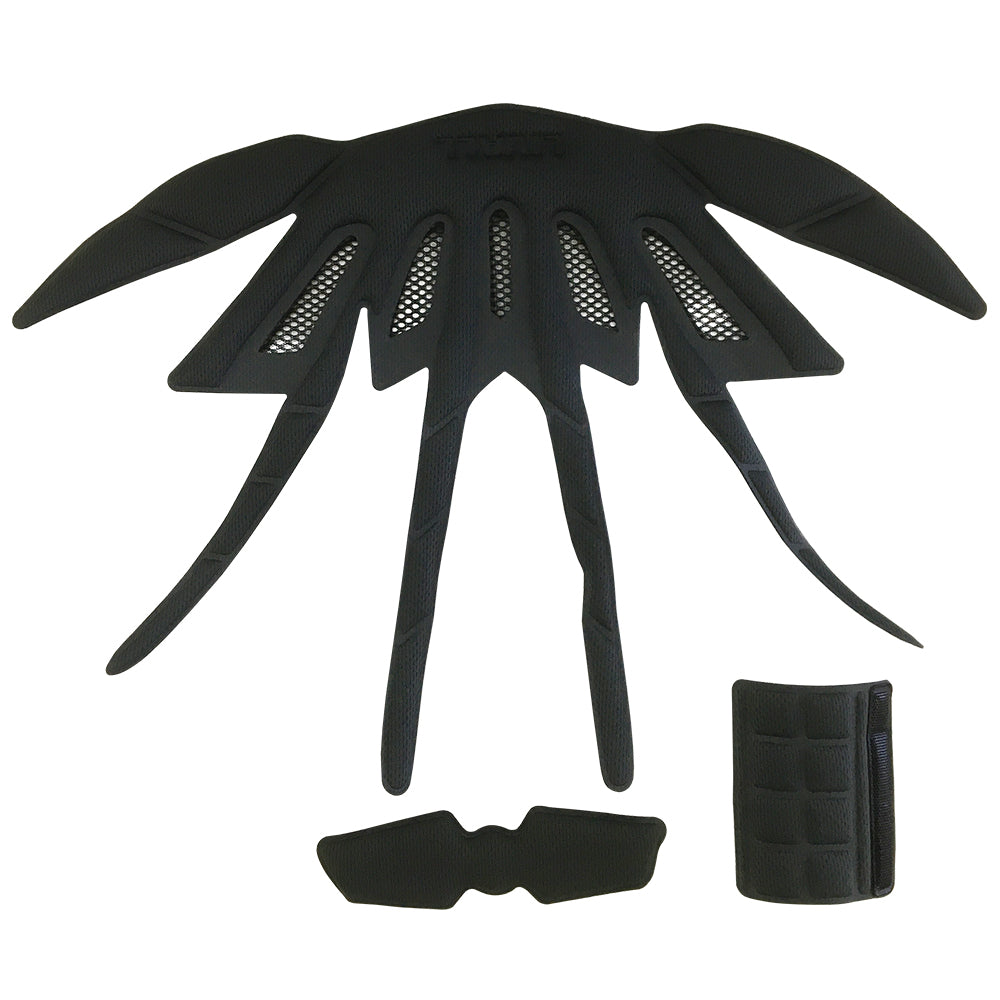
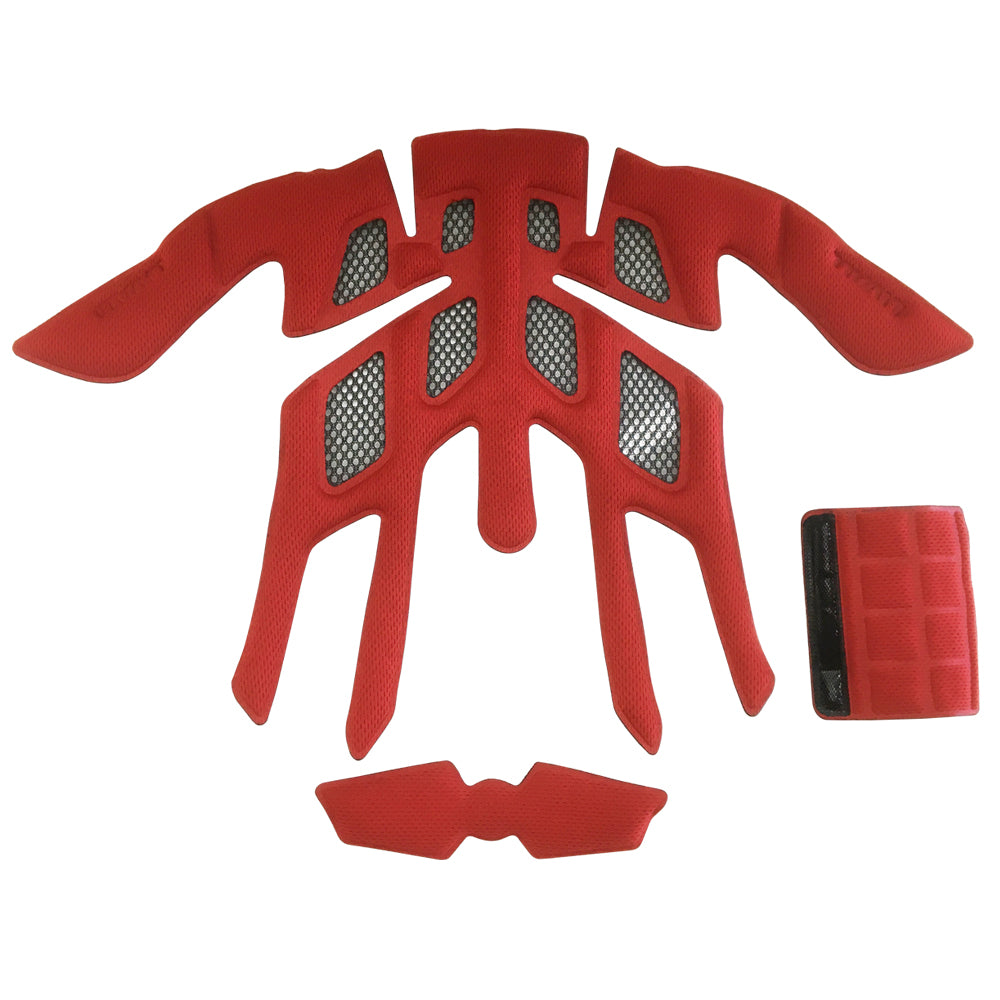
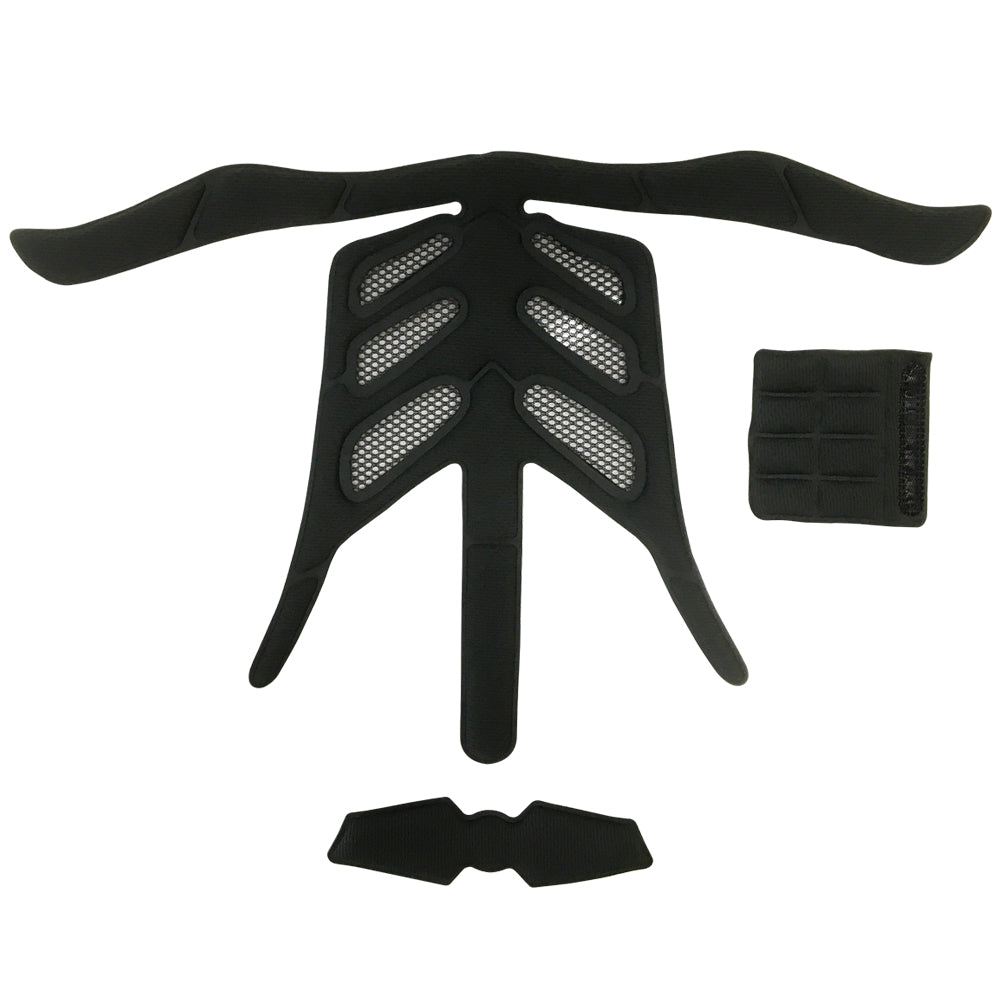
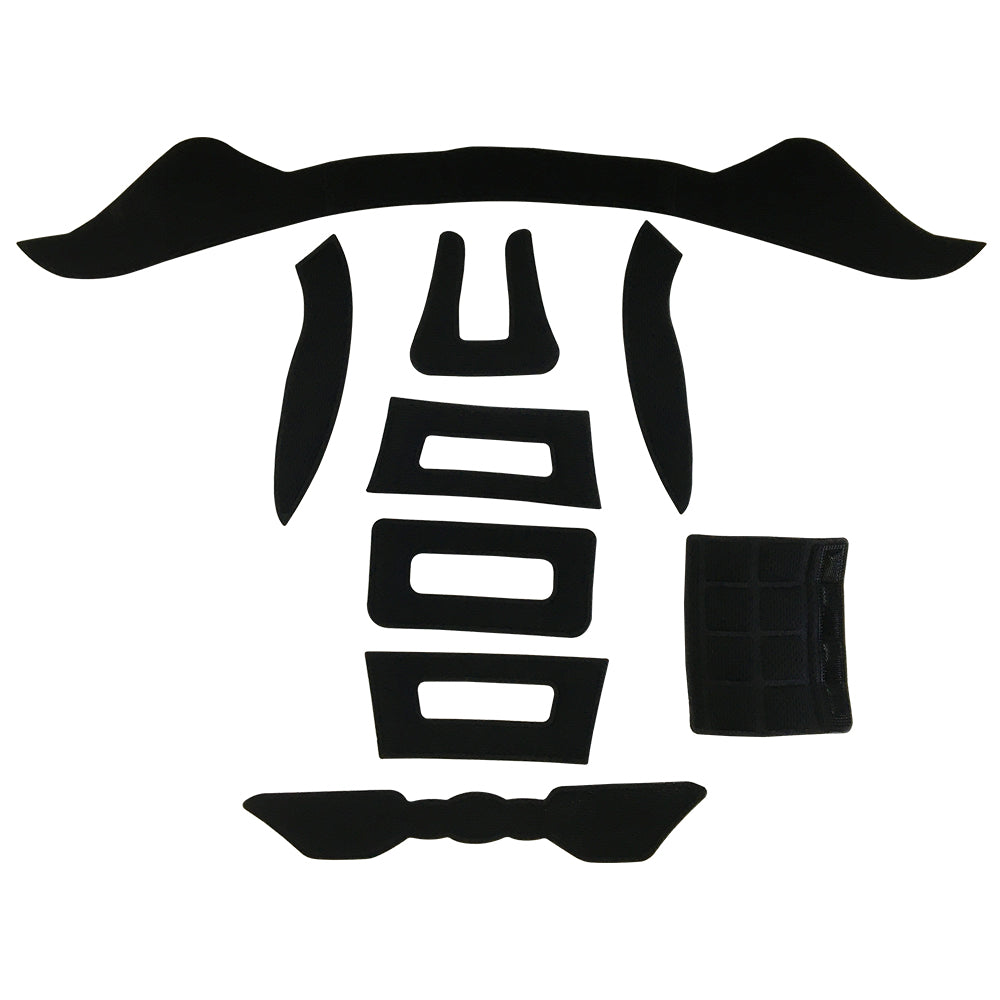

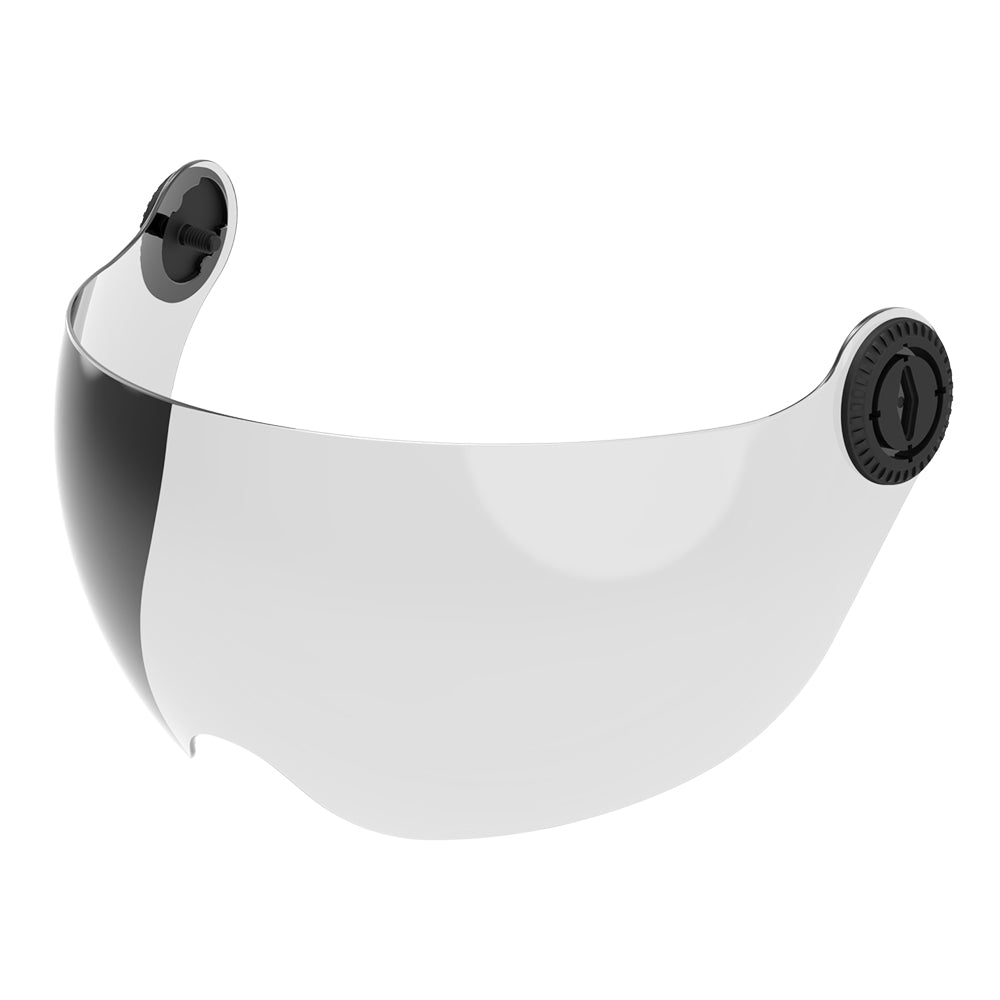



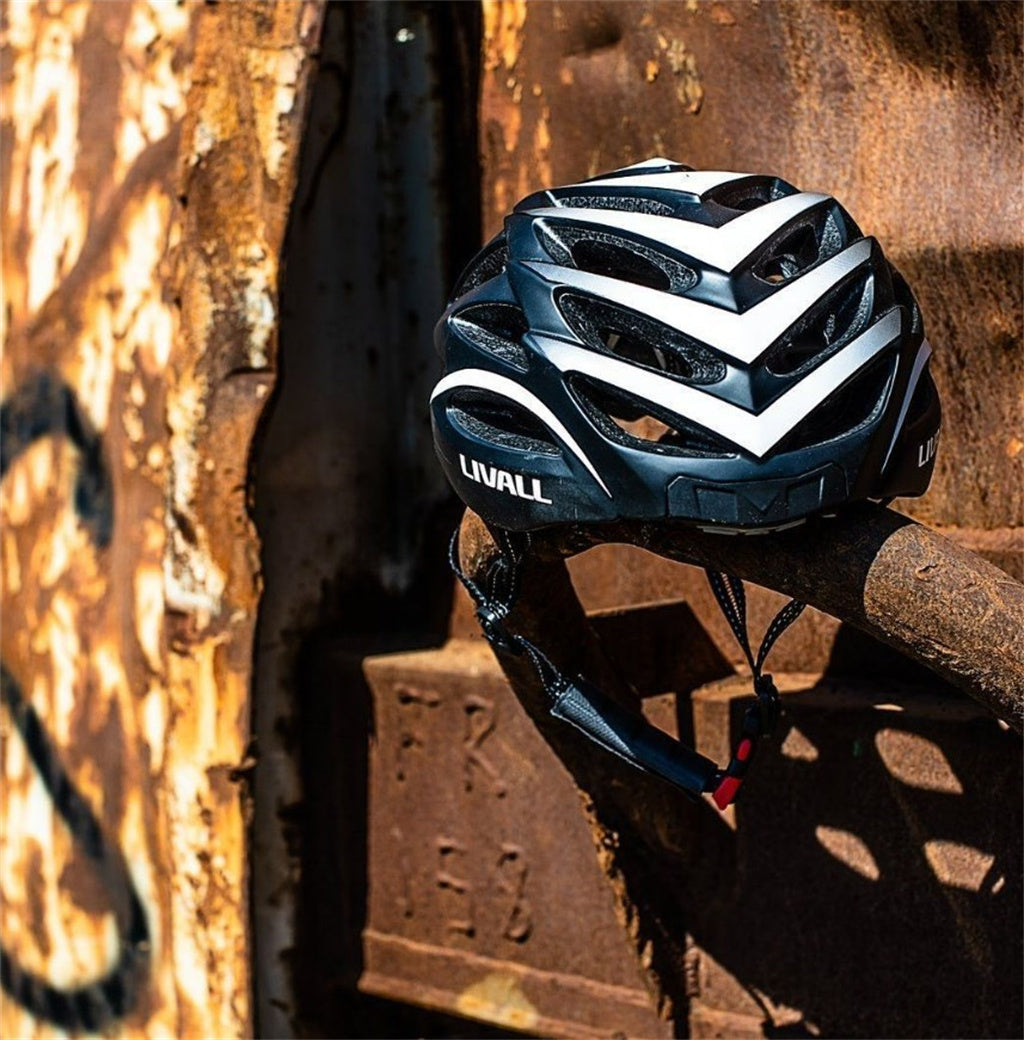



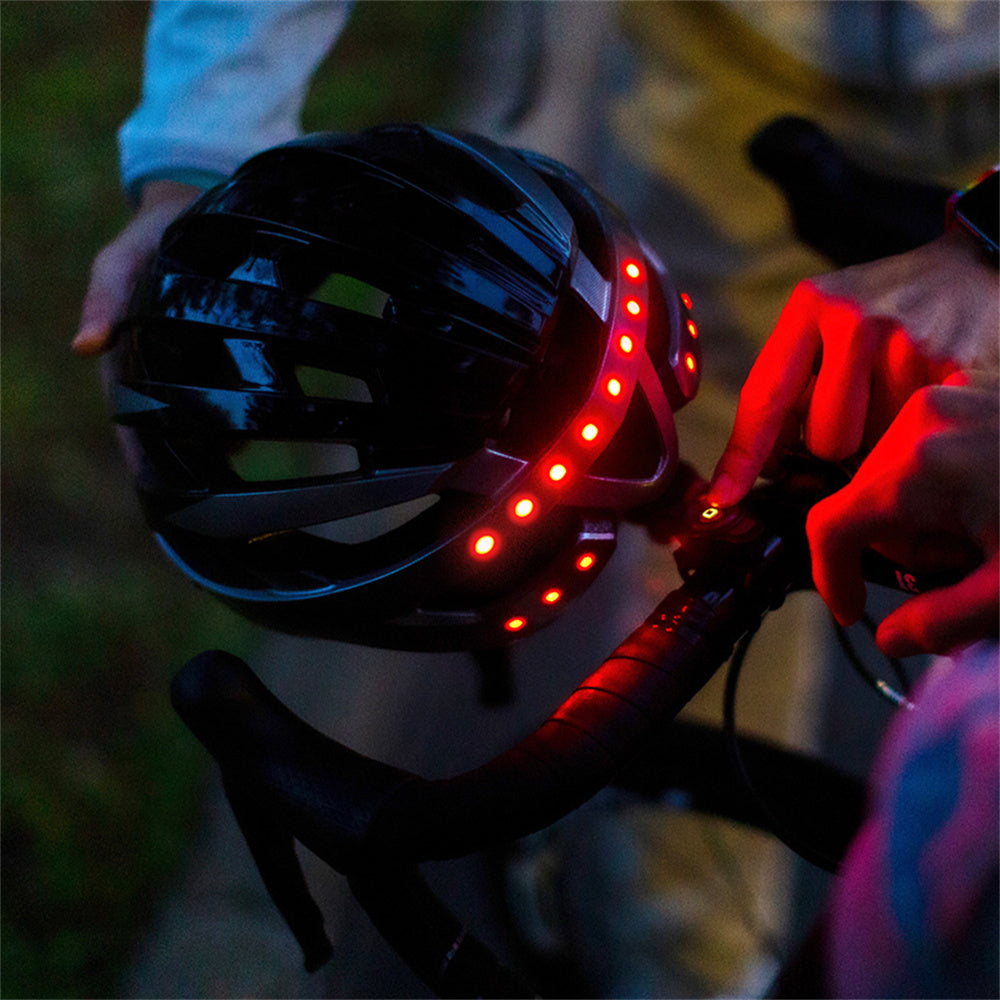



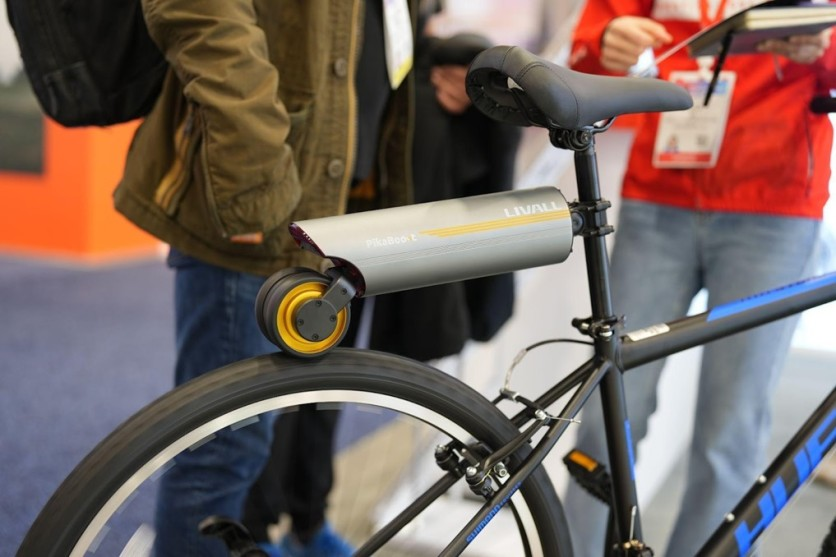

Leave a comment